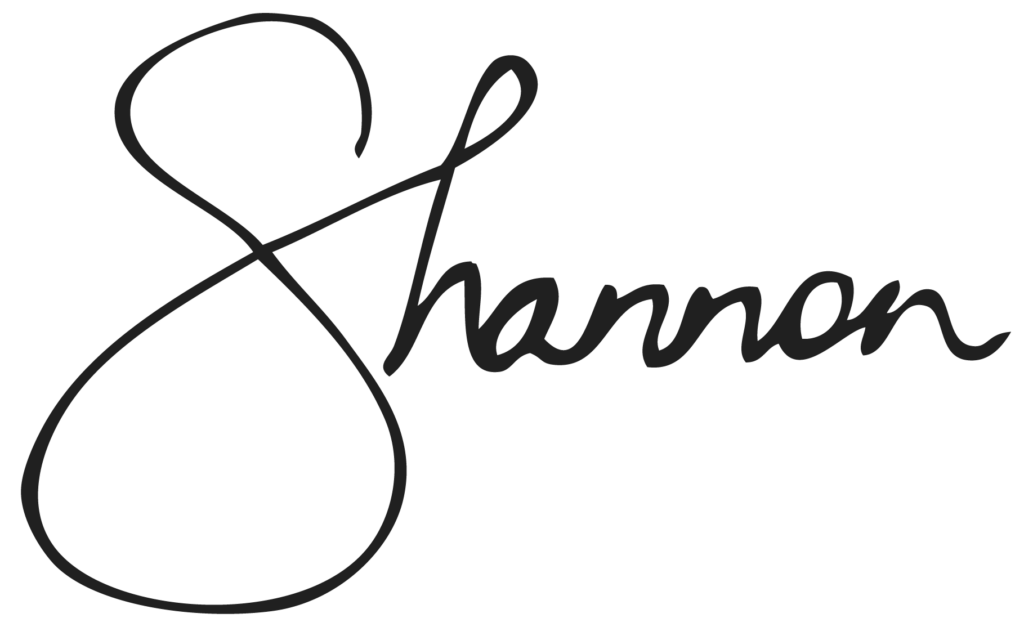Whether you’re a seasoned entrepreneur or just getting started, discussing logo design and branding can create a lot of confusion. If you’ve approached a designer about creating or revamping your logo only to be bombarded with a zillion questions about your brand, it’s for a very good reason. Let’s see why.
When I say the name “Amazon” what do you think of first?
More than likely, you had a lot of thoughts. For me, I thought about Jeff Bezos, Alexa, Prime Day, “free” shipping, and Try Before You Buy. I thought about brown boxes, easy returns, customer service, and hours spent sleuthing out deals on their website. I thought about the influencers who share links to Amazon finds. I remembered products I’ve ordered from Amazon in the past (the good and the bad).
But you know what I didn’t think much about? Their logo.
Sure, it’s instantly recognizable, emblazoned on those highly anticipated boxes. But it’s not the logo that elicits an emotional response about the brand. It’s all the other touchpoints and experiences. Without those tangible and intangible elements, the logo is meaningless. We want to focus on creating more than just a logo. We want to carefully craft a brand.
“Your brand is what other people say about you when you’re not in the room.”
Jeff Bezos, Amazon Founder
Your logo is not your brand
Here’s where many budding entrepreneurs go wrong: believing their logo IS their brand.
That scenario goes something like this.

- Dream client sees your amazing logo. They recognize it!
- They have a strong emotional response to seeing your logo, and they feel instantly connected to your brand. They know exactly what you do and they want it!
- They pay you for your products and services. Hooray!
But that’s not really how it works! (If only it was that simple.)
A logo is simply one piece of the branding puzzle. A logo is a visual cue that causes us to remember perceptions and experiences we’ve had with a company. Those memories are what create an emotional reaction.
It looks somewhat like this:

- Customers see a logo that is familiar to them.
- They begin to remember all the experiences they’ve had with the brand. Maybe they saw the brand recommended by an influencer. Maybe their friends have been talking about the latest product launch. Maybe they’ve visited one of the brand’s brick and mortar locations. Maybe they’ve actually purchased from the company before and enjoyed the experience.
- These memories remind them they know the company and already love their products and services.
- They’re excited to spend money with this brand.
Remember: It’s not the logo that creates the emotional response. A logo is meaningless without all of the tangible and intangible elements that represent a business.
So that’s the goal. The kicker is that when you’re just starting out, nothing about your brand is familiar to your audience yet.

- Your dream client sees your logo. It’s new and unfamiliar to them.
- They have lots of questions, maybe even confusion. Who are you? What do you do? Is it a good value? How will it make them feel? What problems will it solve? Is it worth investing in? Is it right for them?
- All of these questions mean they probably only feel meh about your brand.
- They don’t feel compelled to get answers to those questions and keep their wallets closed.
If you’re stuck in this phase of business, the good news is that messy middle won’t always be that way. You’re in the right place to get answers and inspiration. In the future, we’ll explore ways to infuse more of you into your brand and attract those dream clients who will pay you for the work that lights you up.
So glad you’re here,


View comments
+ Leave a comment